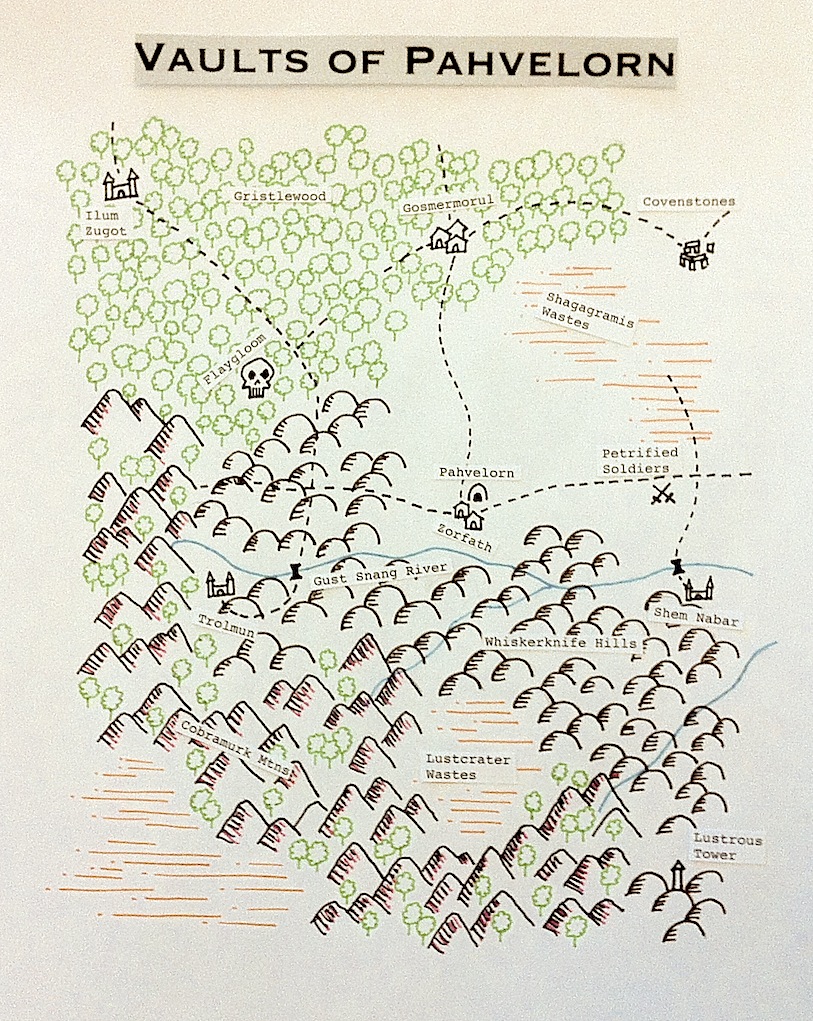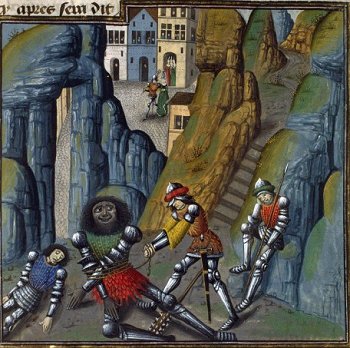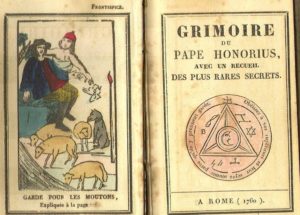In this post I started off talking about d20 initiative, but I also mentioned d10 individual initiative. I called this AD&D initiative, but then I couldn’t actually find a reference in the core AD&D books. I did find such rules in the Second Edition Player’s Handbook, however, on page 95. This form of individual initiative system uses 1d10 per player (with modifications) and a “count up” method to see who goes first (lower is better). For those who never understood AD&D segments (this included me, until very recently), each tick on this “count up” corresponds to one segment.
Then I was thinking that this system might actually support multiple attacks using fast weapons without too much hassle. To simplify the optional modifiers to initiative slightly, here are the following factors that would be relevant:
- Weapon speed factor
- Casting time
- Dexterity
- Armor
- Monster size (small/medium +3, large +6, huge +9)
Everything is a penalty except (potentially) dexterity.
So here’s how it would work. Say someone has a dexterity initiative bonus of two and is fighting with a fast weapon like a short sword (speed factor 3). Thus, overall the PC is taking a +1 penalty on initiative when fighting with the short sword (this should be calculated beforehand by each player for each weapon commonly used).
Each round is broken up into 10 segments (we don’t need to worry about exactly how long each round or segment is, only that one is finer grained than the other). Each number on the initiative die corresponds to one segment. So you roll 1d10. Say you get a 4, then your modified initiative is 5 (continuing with the dex +2 short sword example begun above). Some monster or other PC might do something before you, but then the ref calls out your number (which you had been keeping in your head), so you make you attack.
Then, you roll you initiative again immediately, and add the number to your previous modified roll (which was a 5). You’re lucky, and roll a 2, leading to a modified result of 8 (5 from the previous action, 2 from the roll, 1 from using a short sword). Now, when the ref calls out segment 8, you get another attack and get to repeat the procedure. You might get another attack if you roll a 1 (which would be 8 + 2 = an action on segment 10). But probably you will roll higher and not get another action this turn.
Now, I can see two possible ways to handle initiative rolls greater than 10. The first and simplest would be to cap initiative at 10. If your first initiative result is greater than 10, than you act on count 10. This is easy to remember, and guarantees everyone at least one action per turn, while giving the possibility of more actions to characters wielding faster weapons. If you have already acted (like the short sword example above), then you would ignore any further results above 10, and start over with another d10 roll at the beginning of the next turn.
However, there is another option. If you roll higher than 10, you remember that number but subtract 10 from it (i.e., modulo 10). That is the count you act on during the next round (so you don’t need to roll initiative again at the beginning of the next round, only after your next action). This would mean that big, unwieldy weapons might not get an attack every round, which could be a feature or a bug.
If using the second option, the round abstraction is only really necessary because it simplifies the referee’s counting task by resetting the numbers every 10 segments. It also allows new combatants to enter the fray at clearly defined times. Weapons will really be acting on their own clocks (for example, a character with an attack that has a speed factor penalty of 10 is going to be attacking approximately every 1.5 rounds, if I’m doing the math right in my head). I think this is somewhat elegant because it allows you to subsume reload times into speed factors. And, someone might get a string of good luck even with a relatively slow weapon, making the system continuously interesting to all involved. Because everyone likes to pull the lever on the slot machine, right?
I think this might work because each player would be strictly responsible for tracking the segment that they act on, and any following penalty. As a referee, in most cases I would probably roll singly for all opponents, and only possibly break out individual monster groups in special cases (example: a dragon and a group of goblins might each deserve their own initiative die, but it would definitely be extra work). I’m sure there are some rough edges here (missile weapons? might work as is).
This does give benefits to short, quick weapons (modeling quick weapons, is, after all, the point of this exercise) and to balance that we probably need to allow users of longer weapons to keep enemies at bay, even though this is already partly offset by greater the larger damage dice of bigger weapons (if using variable damage rules). It would be nice if this could work for d6 weapon damage (or damage by hit dice), but that probably requires even more tuning. Many larger weapons were designed primarily with this purpose in mind (spears being the obvious example, as they have existed in various forms for pretty much every martial culture the world has ever seen). But that is a task for a future post.




